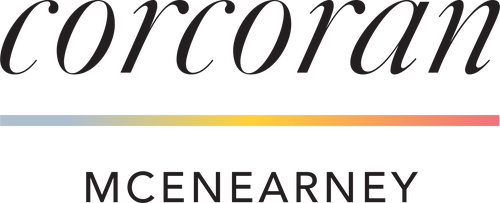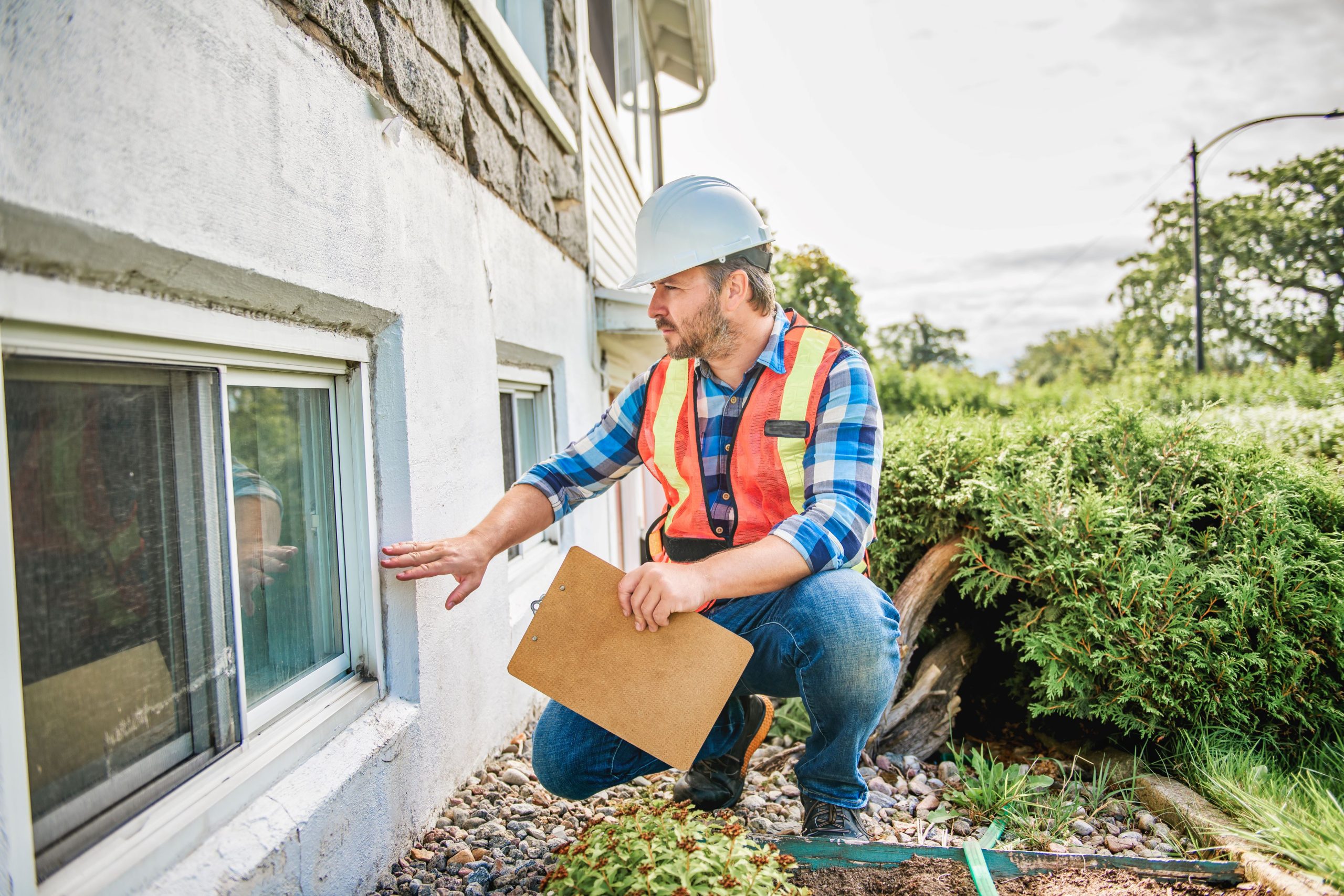The bad news is that mold is an opportunistic foe. The good news is that there are many ways to deny it an opportunity to take root in your home. Part Two of our report.
Do you really know what’s lurking in the corners and crevices of your home? Last week we looked at the causes of the mold in living environments and some basic ways to identify mold and prevent it from spreading. This week we spoke with Paul Ramsey, Principal and Environmental Specialist with RTS Environmental Services, who has conducted over 25,000 mold inspections throughout the DC-region and he offers his hard-won wisdom to educate consumers and help demystify the irritants hidden within our homes.
Ramsey focuses on “environmental hygiene” which he describes as “the big picture” of a property’s overall exposure to unhealthy variables. It’s not just about keeping a home clean and disinfected, it’s a “systems approach” to identifying and eradicating mold, mildew and other contaminants caused or exacerbated by moisture.
“Climate change is having an impact on our buildings,” Ramsey said, citing weather trends that are causing higher rainfall density (the amount of rain that falls during a specified period of time) and higher humidity. Building envelopes – which includes the walls, windows, roof, and foundation, that form the primary thermal barrier between the interior and exterior environments – are being challenged in part by excessive rainfall and aging buildings ill-equipped to manage the incoming moisture.
Fighting mold, naturally, starts with preventing microbial growth in the first place as it only takes 60% relative humidity to grow a very common mold called Penicillium/Aspergillus. “Without moisture or substrates (the surface on which an organism lives), mold can’t grow,” Ramsey observed, so it’s important to know the causes of unwanted moisture and how to prevent it.
Here are the top areas Ramsey recommends immediate inspection and regular maintenance to ensure proper environmental hygiene and allow all residents to live under a healthy – and dry! – roof.
Outdoors – Start your environmental hygiene inspection with a walk around the property to check for areas of cracks or breaks in the building envelope, areas of pooling water, and other signs of water intrusion. It’s important to keep gutters and downspouts as clear and functional as possible, Ramsey advises. This means regular cleanouts to remove any clogs and ensure that water is funneled as far away from the building envelope as possible with properly placed downspouts, piping, waterproof membranes, and grading.
Crawlspaces – Continuing the outer inspection, Ramsey cites this area as the “#1 problem with air quality,” explaining that crawl spaces are often humid, passively vented, hard to access, and can allow air to enter and condensate on insulation or other surfaces. Because these areas are difficult to access, it’s recommended to use a professional who will have specific knowledge and tools for identifying mold and where it has taken hold.
Basements – Water seeks the lowest level so it’s not uncommon that basements can accumulate extra moisture, but that’s just one factor that makes basements a harbor for mold. As hot air rises and cooler air drops, moisture can develop and attach to surfaces and particulates. Additionally, basement laundry rooms produce warm, moist air and cotton dust that can condense and colonize mold and enter nearby HVAC systems, spreading contaminants throughout the home.
Attics – Beware! The upper echelon of a home can harbor some of the worst contaminants and Ramsey advises to ALWAYS wear a mask when inspecting the attic area. A main contributor to mold and moisture problems is the presence of flex ducting, first used in the 1980s to extend HVAC (heating, venting & air conditioning) systems into attic spaces. They look and can be manipulated like a Slinky toy but their flexible construction can make them prone to damage and deterioration. Poorly sealed flex duct ventilation can lead to higher indoor humidity levels, resulting in mold or mildew buildup if left unchecked. Flex ducting isn’t usually replaced and cleaning is difficult, allowing dust and condensation to accumulate over time and spread throughout the HVAC system to other parts of the home.
Dehumidifiers – Ramsey calls this a “must-have appliance” and they can be as simple as a portable device for around $350 that can be moved around a home or as encompassing as a whole-home humidifier built into the HVAC system for $1,000-$3,000. Maintain a humidity level around 50% make sure that no matter which dehumidifier is used, any reservoir water collected is promptly removed manually or with a pump.
Monitoring these areas will go a long way to preventing water intrusion and the development of mold, but it’s also important to watch for residents’ signs of reactions to mold. “The biggest clue that you may have a mold issue is if multiple family members are affected at the same time,” Ramsey said. Allergic reactions to molds are the most common health effects in people, including symptoms such as runny nose, sneezing, coughing, and wheezing. People without allergies but who are exposed to mold may experience symptoms, including eye irritation, sore throat, congestion, skin rash, and headaches.
As noted in the first part of our report, mold is a naturally occurring allergan and often moves through our environments without impact. But when mold enters living environments and is allowed to grow unchecked, it can affect the health of a home and those who dwell in it. It’s education and proper maintenance that Ramsey says removes the fear about mold and encourages the best environmental hygiene.
To learn more about preventing mold in your home, check out the EPA’s book A Brief Guide to Mold, Moisture, and Your Home. Our McEnearney Associates | Middleburg Real Estate | Atoka Properties Realtors® are trusted advisors who can connect clients with vendors like RTS Environmental Services who can address mold issues and ensure a property is dry, safe, and healthy for all.
Take a look at our website for all of our listings available throughout Washington, D.C., Maryland, and Virginia.
Don’t miss a post! Get the latest local guides and neighborhood news straight to your inbox!

 Facebook
Facebook
 X
X
 Pinterest
Pinterest
 Copy Link
Copy Link






